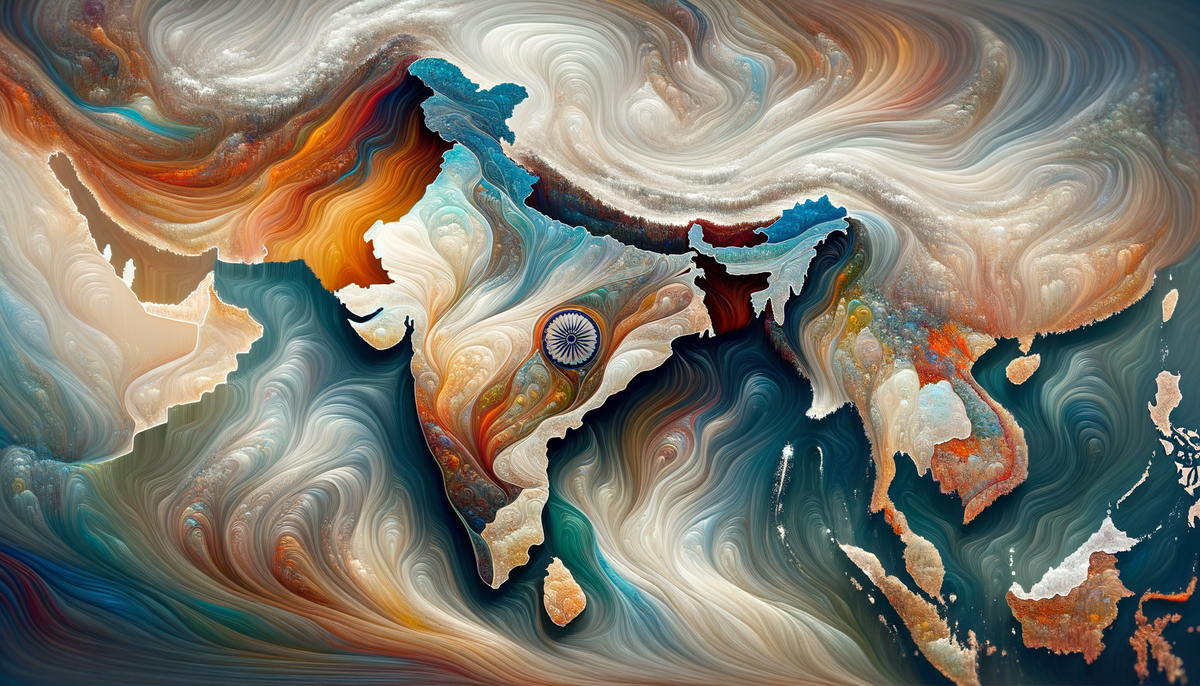Geopolitical Evolution of the Indian Subcontinent
Travel through time to explore the dynamic geopolitical evolution of the Indian subcontinent, from ancient civilizations to modern states.

Journey Through Time
As an archaeologist with a passion for rich cultures and histories, I've always been drawn to the Indian subcontinent. The land is a tapestry woven with threads of ancient civilizations, majestic empires, and colonial influences. The political landscape here has evolved dramatically over millennia, each period leaving an indelible mark on the region's history.
The Birth of Civilizations
The earliest known civilization in India was the Indus Valley Civilization, which prospered around 2500 BCE. It was known for its advanced urban planning, impressive architecture, and early forms of trade. The cities of Harappa and Mohenjo-Daro are stunning reminders of this era, showcasing how ancient societies could achieve remarkable feats without modern technology.
Golden Ages: Maurya and Gupta Empires
The Maurya Empire, founded by Chandragupta Maurya in 323 BCE, represents one of India's most expansive and influential states. Its third ruler, Ashoka, is legendary for his conversion to Buddhism and efforts to spread the religion across Asia. The Gupta Empire, which followed, is often referred to as the 'Golden Age' of India due to significant advancements in science, art, and literature.
Medieval Era and Regional Kingdoms
As time flowed, India saw the rise and fall of various regional kingdoms. The Chola Dynasty in the south became maritime pioneers, facilitating trade with Southeast Asia. The Rajput kingdoms in the northwest established a fierce warrior culture that would leave a lasting legacy on the subcontinent's identity.
Colonial Conquests and Independence
The arrival of European traders marked the beginning of a new chapter. The British East India Company eventually established control, leading to the British Raj that lasted until 1947. The struggle for independence unified diverse communities against a common adversary, paving the way for the formation of modern India.
Modern Geopolitical Landscape
Today, the Indian subcontinent is a region of robust political identities and intraregional relationships. Understanding India's size and location offers insight into its modern geopolitical strategies and challenges. For more detailed information, I highly recommend checking out this comprehensive guide.
Reflections
Exploring the subcontinent's geopolitical evolution allows us to appreciate the incredible legacy of resilience, innovation, and cultural synthesis that defines the region today. It's a reminder that the past continues to shape the present in remarkable ways.



